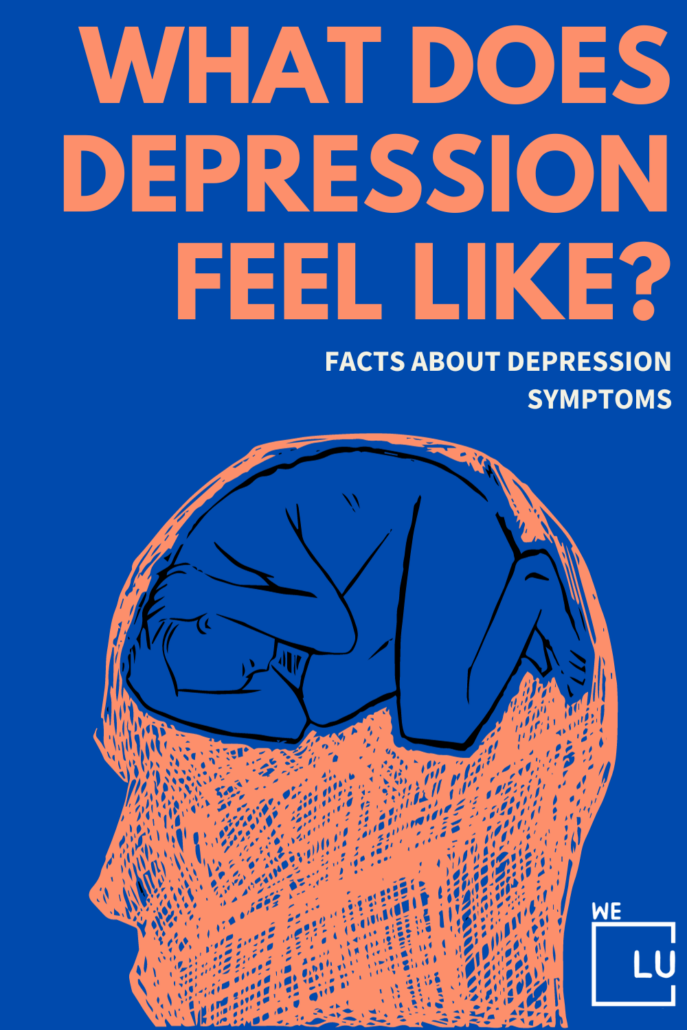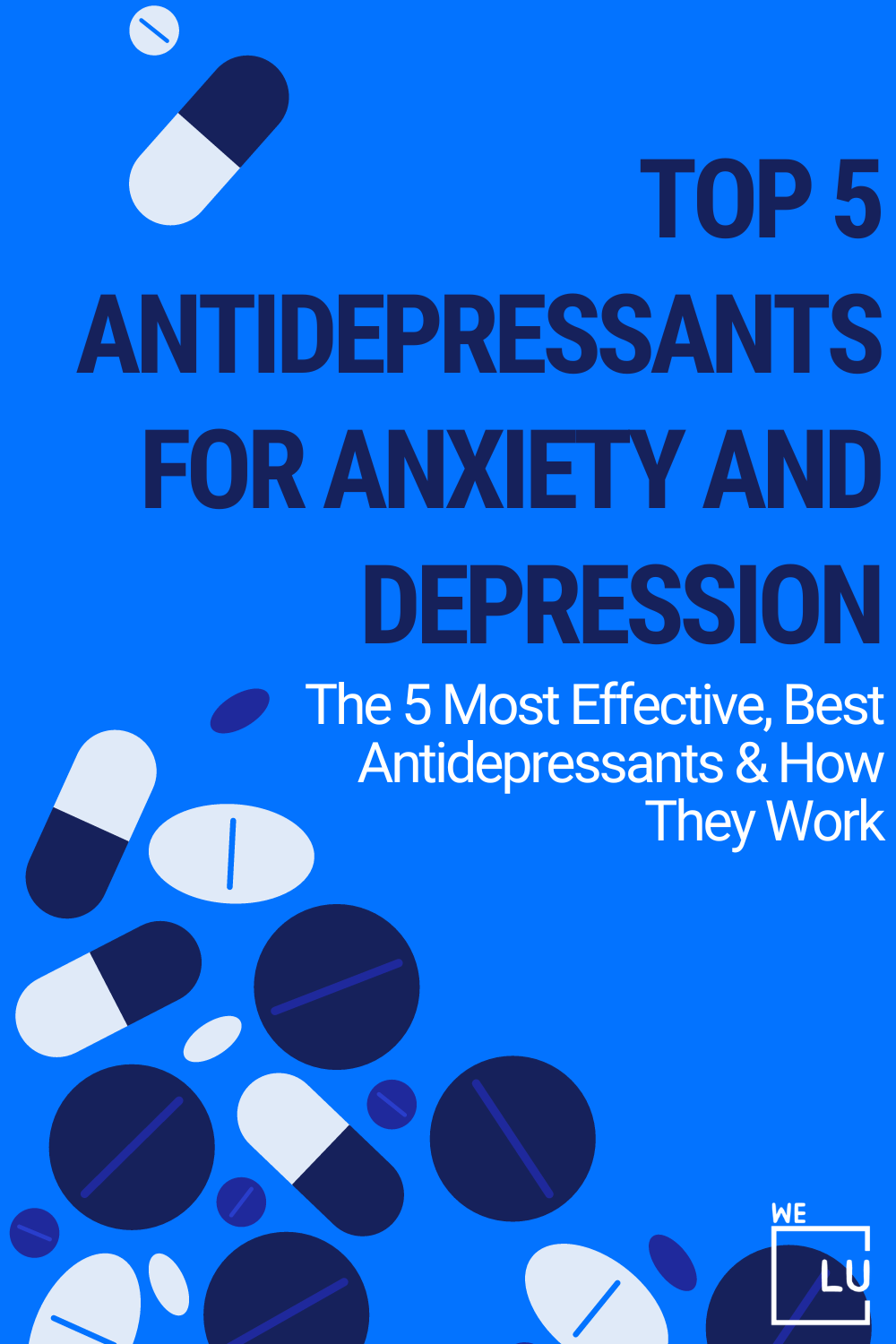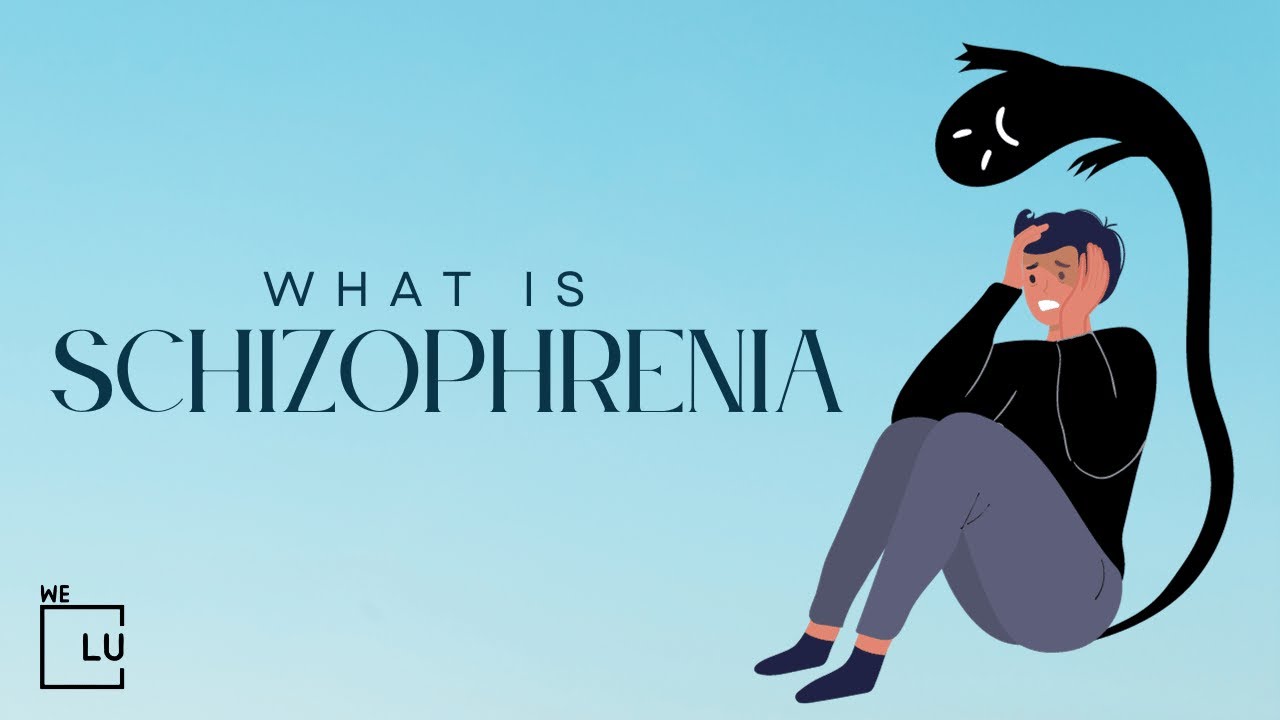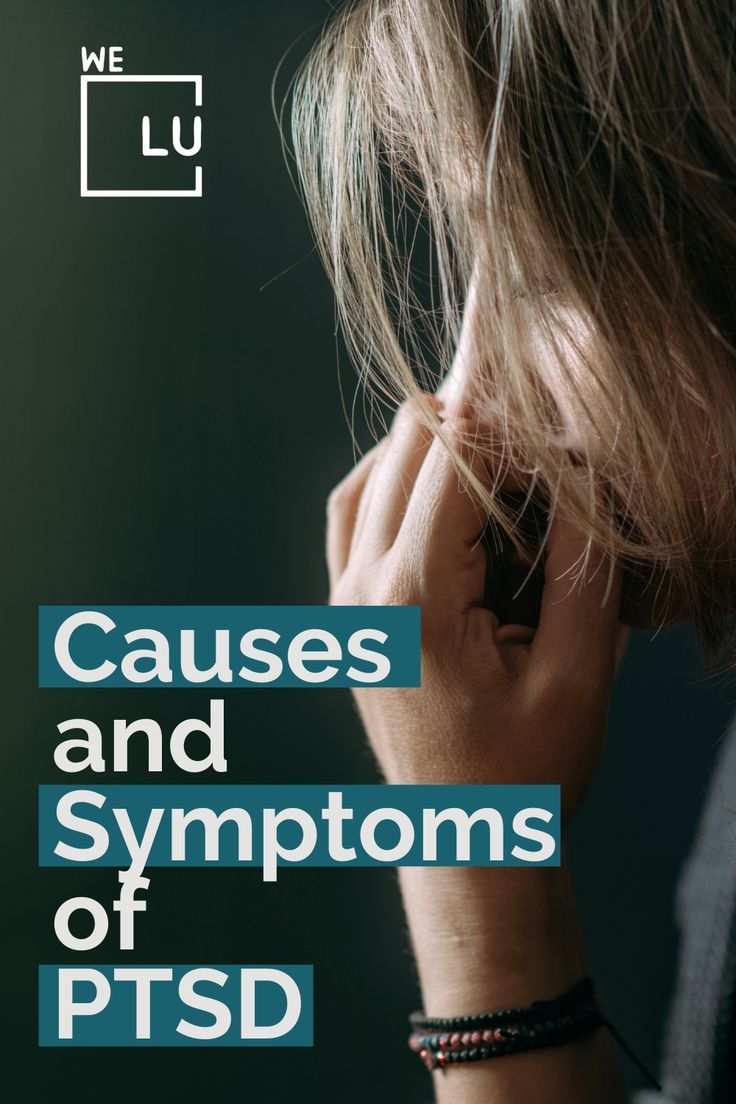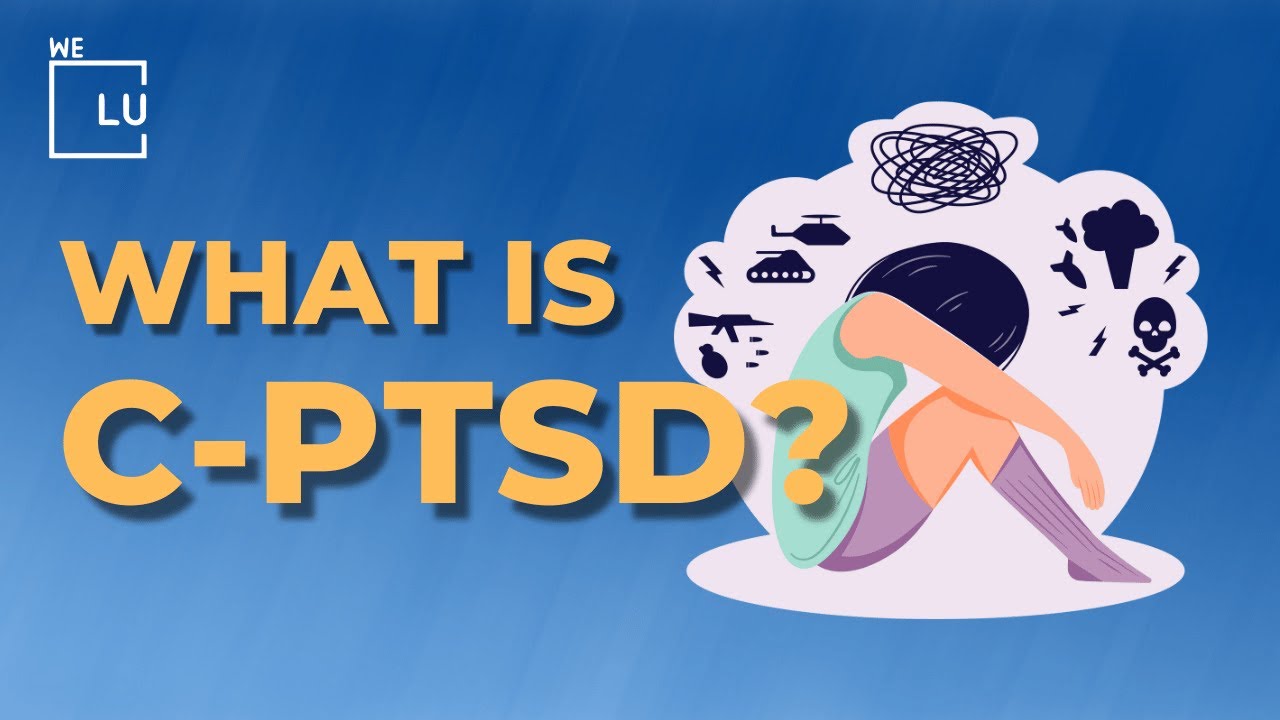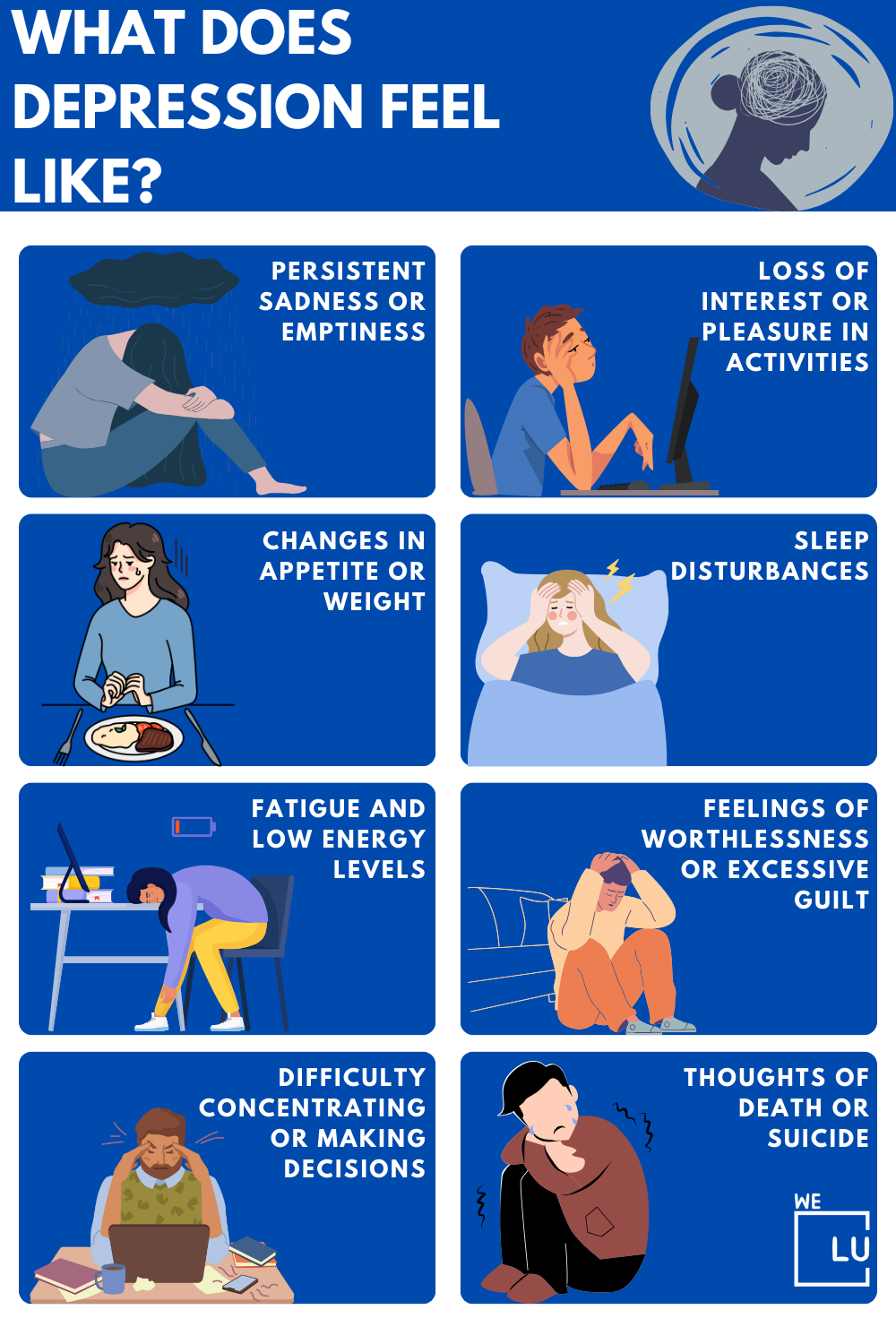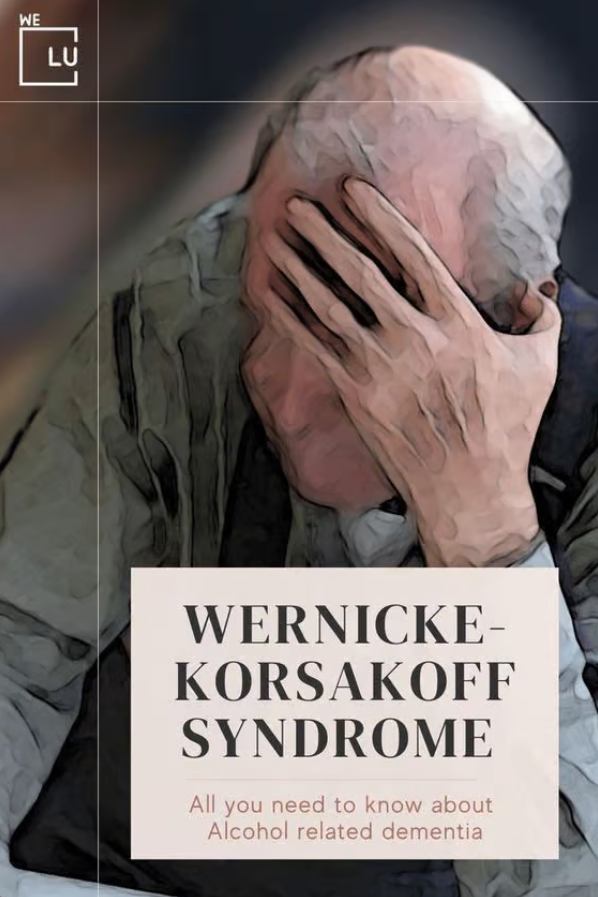Understanding Depression Vs Sadness
Feeling down is a natural part of life, but when does it cross into something more serious? Learn how to distinguish between sadness and depression and uncover effective treatment options. Millions of individuals worldwide struggle with these feelings, and it’s crucial to know when to seek help. Let us guide you through this important distinction and provide solutions for managing depression.
Difference between Sadness and Depression
Sadness is a common human emotion experienced periodically throughout life, often in response to emotionally distressing situations. It exists in varying intensities, but like other emotions, sadness is transient and tends to diminish over time.
It is essential to distinguish sadness from depression, which is a prolonged mental health condition affecting social, occupational, and other crucial aspects of life. Without appropriate intervention, depressive symptoms can persist for an extended duration. Continue reading to gain a deeper understanding of the distinctions between depression vs sadness.
Sadness Vs Depression Symptoms
Feeling sad is something everyone goes through, but it usually comes and goes. Depression, on the other hand, is more than just feeling down. It takes over your life, making it difficult to find joy in things you once loved. Depression is a mental illness, not just a passing emotion.
Depression Vs Sadness Symptoms Chart
Here’s a chart that simplifies the differences between sadness vs depression symptoms:
| Symptom | Sadness | Depression |
|---|---|---|
| Duration | Temporary, short-lived | Persistent, lasting for weeks or months |
| Intensity | Mild to moderate | Moderate to severe |
| Cause | It can be triggered by various factors or occur without an apparent cause | Often, a specific event or loss |
| Mood | Typically tied to a particular event | Pervasive, affecting overall mood |
| Functioning | Generally able to function | Usually connected to a distinctive event |
| Hopelessness | Uncommon | Common |
| Energy levels | May feel tired but generally normal | Fatigue, loss of energy |
| Interest in activities | May lose interest temporarily | Significant loss of interest or pleasure in almost all activities |
| Sleep patterns | May experience disturbances but generally normal | Insomnia or hypersomnia |
| Appetite changes | May have changes, usually temporary | Significant changes, often leading to weight loss or gain |
| Suicidal thoughts | Rare | Possible, especially in severe cases |
Understanding Sadness and How to Cope
Sadness is a completely natural emotion that we all go through during difficult or somber times. There are various life events that can leave us feeling unhappy or down. From the loss of a loved one to financial struggles or issues at home, these situations can have a negative impact on our mood.
Even smaller disappointments like failing an exam or not getting a job can trigger feelings of sadness. However, it’s important to remember that there are ways to find relief. Crying, venting, or simply talking out our frustrations can provide some comfort. It’s also worth noting that sadness is usually linked to a specific trigger.
In most cases, sadness will pass with time. However, if it persists or prevents us from functioning normally, it may be a sign of depression. If you notice that your low mood worsens or persists for more than 2 weeks, it’s crucial to reach out to your doctor.
Take the first step in understanding and managing your emotions. Let’s navigate through sadness together call We Level Up depression and sadness mental health specialists today for support you deserve..
The Realities of Depression
Depression doesn’t discriminate – it affects people of all ages and genders. This powerful state of mind can completely transform behaviors and attitudes, leaving individuals feeling discouraged, hopeless, and lacking motivation. In fact, in 2015, a staggering 16.1 million adults in the U.S. (that’s 6.7% of all adults) experienced at least one major depressive episode within the past year alone.
Depression can also have devastating consequences. In severe cases, thoughts of suicide may arise, and individuals may withdraw from loved ones, abandon hobbies, or struggle to fulfill responsibilities at work or school.
Understanding Major Depressive Disorder (MDD)
If these doubts and negative emotions persist for more than two weeks, it’s crucial to seek professional help. A healthcare professional may diagnose the individual with major depressive disorder (MDD), shedding light on the condition and guiding them towards effective treatment.
Free Quiz: Am I Depressed?
Many people experience depression vs sadness. It can affect how you handle everyday things, such as work and relationships. Are you worried if you’re experiencing depression vs sadness episodes now? Take the quiz below to explore if you may be experiencing symptoms associated with depression.
While this quiz is not a substitute for professional diagnosis, so seek guidance from a We Level Up mental health professional for an accurate assessment. Call 24/7.
Skip To:
Learn More:
- What is a Depressive Episode and Helpful Tips to Recover
- What is Mild Depression? Symptoms and Treatment
- What is Crippling Depression? Learning How To Deal With Crippling Depression
- Atypical Depression. What Is It? Symptoms and Treatment
- Learn How to Cope with Depression. 10 Ways to Cope with Depression.
- Manic Depression Vs Bipolar. Are They The Same?
- Situational Depression Vs Clinical Depression, Symptoms, Causes, and Treatment
- What Does Depression Feel Like? Symptoms and Early Signs
- Signs Of Depression In Women, Symptoms and Treatment
- Effective Depression Treatment, Depressive Disorder Symptoms, Types, and Causes
Concerned about or experiencing depression vs sadness? Discover depression counseling that works. Discover professional help from We Level Up Florida’s mental health therapists. Start getting support with a free call to our mental health hotline.
Get Help. Get Better. Get Your Life Back.
Searching for Accredited Dual Diagnosis Mental Health Centers Near You?
Even if therapy failed previously, or are in the middle of a difficult crisis, we stand ready to support you. Our trusted behavioral health specialists will not give up on you. When you feel ready or just want someone to speak to about counseling alternatives to change your life call us. Even if we cannot assist you, we will lead you to wherever you can get support. There is no obligation. Call our hotline today.
FREE 24/7 Dual Diagnosis Mental Health Services Hotline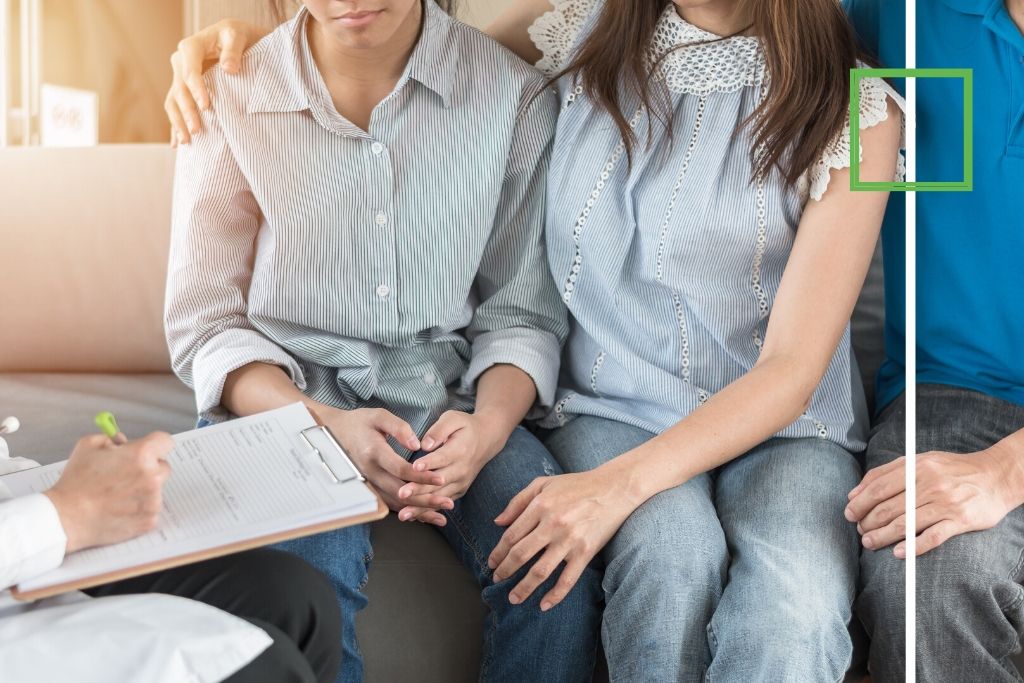
Depression Vs Sadness Treatment
If feelings of sadness persist for more than two weeks, it’s advisable to consult with your doctor. In case of suicidal thoughts, don’t hesitate to call emergency services for immediate medical assistance. If your emotions start affecting your daily functioning, participation in life, or ability to find joy, consider reaching out to a professional such as a therapist, clergy member, or someone you trust. Taking this step can be a crucial first move toward recovery.
Depression vs sadness differ in their intensity and persistence. For typical sadness, engaging in supportive conversations, self-reflection, and maintaining a healthy lifestyle may often suffice. However, depression, being a more serious mental health condition, usually requires a comprehensive approach.
Treatment for depression may involve a combination of psychotherapy, medication, and lifestyle changes tailored to the individual’s specific needs to address underlying factors and promote long-term well-being. Seeking professional medical advice is crucial to determine the most effective course of action based on the severity and nature of the symptoms.
Depression Vs Sadness Therapy
When you’re sad, talking to friends or having brief counseling can help. But if it’s depression, you might need longer-term therapy like CBT or interpersonal therapy, and medication may be considered for moderate to severe cases. To figure out the best treatment for your situation, talk to a mental health professional.
Sadness Therapy:
- Supportive Conversations: Open and supportive discussions with friends, family, or loved ones can help alleviate sadness.
- Self-Reflection: Taking time for self-reflection and introspection to understand the source of sadness and explore coping mechanisms.
Depression Therapy:
- Psychotherapy: Long-term therapeutic approaches, such as Cognitive-Behavioral Therapy (CBT) or Interpersonal Therapy, are often effective in addressing the complex nature of depression.
- Medication: Antidepressant medications may be prescribed, especially for moderate to severe cases, to help regulate brain chemistry and alleviate symptoms.
- Counseling: Individual or group counseling sessions can provide a supportive environment for individuals to express their emotions and receive guidance.
- Lifestyle Changes: Incorporating healthy lifestyle habits, including regular exercise, a balanced diet, and sufficient sleep, can complement therapeutic interventions for depression.
Remember, the choice of therapy depends on the severity and duration of symptoms, and it’s essential to consult with a mental health professional for personalized guidance.
Depression Vs Sadness Medication
Depression medication, such as antidepressants, aims to regulate neurotransmitters in the brain to alleviate symptoms of persistent and severe sadness, hopelessness, and lack of interest. Mental health professionals typically prescribe these medications after a thorough evaluation, and their use may be considered for moderate to severe cases of depression.
In contrast, typical feelings of sadness often result from specific events and are a natural part of the human experience, usually not requiring medication. Coping strategies, supportive conversations, and lifestyle adjustments are commonly recommended to address and overcome transient feelings of sadness.
Sadness Medication:
- Not Typically Prescribed: Medication is not typically prescribed for normal feelings of sadness.
- Natural Coping: Coping strategies such as engaging in enjoyable activities, exercising, and maintaining a healthy lifestyle are often recommended.
Depression Medication:
- Antidepressants: Medications, such as SSRIs (Selective Serotonin Reuptake Inhibitors) or SNRIs (Serotonin-Norepinephrine Reuptake Inhibitors), may be prescribed to regulate neurotransmitters and alleviate symptoms.
- Mood Stabilizers: In some cases, mood stabilizers may be used to help manage depressive symptoms.
- Consultation Required: Medication for depression is typically prescribed by a psychiatrist or mental health professional after a thorough evaluation.
Medication for depression vs sadness conditions is a serious decision and should be discussed with a healthcare professional to determine the most appropriate and effective course of treatment based on individual needs.

End the Emotional Pain. Get Your Life Back.
Feeling Depressed, Anxious or Struggling with Mental Health Illness? Get Safe Comfortable Mental Health Dual Diagnosis High-Quality Therapy From Counselors That Care. Begin Your Recovery Now.
Hotline (855) 940-6125Coping Strategies for Sadness Vs Depression
Doing healthy things can help with both sadness and depression. Exercise, like walking or yoga, releases feel-good chemicals that can improve your mood. Having a consistent sleep routine is essential for your emotional well-being and can help with both sadness and depression.
When it comes to coping with depression vs sadness, connecting with friends, family, or support groups can make you feel less alone. Also, practicing mindfulness, like meditation or deep breathing, can make you more emotionally resilient. Adding these positive habits to your daily life can help you manage and overcome feelings of sadness and depression.
Sadness Coping Strategies:
- Engage in Hobbies: Pursue activities you enjoy to lift your mood and provide a sense of accomplishment.
- Journaling: Write down your feelings and thoughts to process emotions and gain clarity.
- Relaxation Techniques: Practice relaxation methods such as deep breathing, meditation, or mindfulness to promote emotional well-being.
Depression Coping Strategies at Home:
- Establish Routine: Create a daily routine to provide structure and stability, helping to manage depressive symptoms.
- Physical Activity: Incorporate regular exercise into your routine, as it can positively impact mood and energy levels.
- Self-Compassion: Practice self-compassion and challenge negative self-talk to foster a positive mindset.
While these strategies can be helpful, it’s essential to consult with a mental health professional for personalized guidance and support.
We Level Up FL Mental Health Center Tips To Cope With Sadness and Depression
✅ Engage in activities that bring joy, connect with supportive friends or family, and prioritize self-care to cope with sadness.
✅ For depression, consider seeking professional help, such as therapy or counseling, and explore coping strategies recommended by mental health professionals.
✅ Remember, building a solid support system and incorporating positive habits can be vital in managing both sadness and depression.
Do you have questions about depression vs sadness symptoms or treatment in general? Call the We Level Up FL helpline 24/7.
